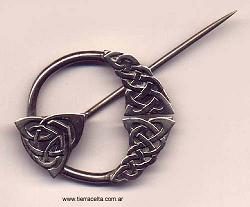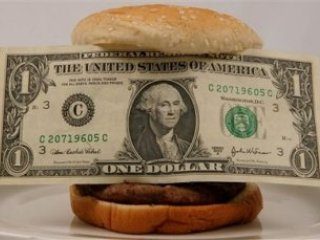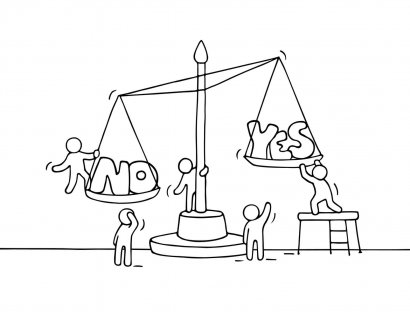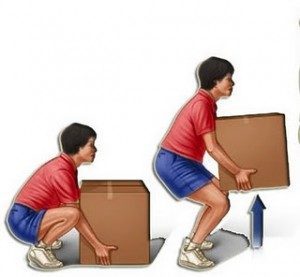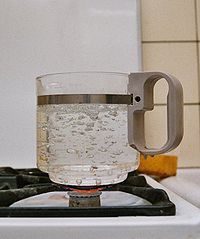 3D printing is the process by which, a cable of a material that is generally a plastic or derivative, is molded by addition to take a specific shape that corresponds to plans developed by a computer.
3D printing is the process by which, a cable of a material that is generally a plastic or derivative, is molded by addition to take a specific shape that corresponds to plans developed by a computer.
The process
What is done is to heat the plastic material to a certain temperature until it can be poured into a certain shape, solidifying as it cools.
There are a wide variety of methods to heat the materials with which it is printed, such as melting the material, or using a laser or different types of rays (electron beam, ultraviolet).
Once melted and moldable, what the printer does is pour the resulting liquid or semi-liquid in the form of successive layers according to the instructions given by the computer program that follows the plans created by the designer.
Different materials can also be used, such as paper, plaster, cement or metals, although they are the least common and the most specialized.
And, finally, we could talk about 3D food printers, for which the base material is raw food and the result of which is a cooked dish, in the line of the so-called “kitchen robots”.
To print in 3D on a small / medium household type printer, first of all you have to carry out a process of aligning the platform with the head and that the distance between them is adequate.
Both elements must also be heated to a temperature that is suitable for the process. During printing, we must monitor that the temperature parameters are always adequate.
The use of 3D printing technology is already a reality today, used both industrially and in the domestic environment, although due to the cost of printers and materials, the latter is less common.
In the industrial field, you can make custom parts for machinery and other uses, saving time and money in creating molds and then manufacturing, by injection, which may only need a single copy.
The manufacture of prototypes of machines, consumer goods and others is a functionality that 3D printing covers perfectly
 In the medical field, 3D printing allows the manufacture, cheaply, of prostheses adapted to the needs of the consumer. It is also experimenting with the manufacture of artificial organs, since in this way they can be produced in the same hospitals and medical centers, avoiding expensive transfers.
In the medical field, 3D printing allows the manufacture, cheaply, of prostheses adapted to the needs of the consumer. It is also experimenting with the manufacture of artificial organs, since in this way they can be produced in the same hospitals and medical centers, avoiding expensive transfers.
In the domestic sphere, 3D printers allow the manufacture of parts necessary for small arrangements, as well as parts and figures for hobbies as collector's figurines, or parts of drones, to name just a few.
A separate issue in the possibilities of 3D printing is food printing. And it is that the kitchen of the future could be a room centered around the 3D printer, and not the stove.
Currently there are printers capable of preparing, with creditworthiness, pizzas, pasta, and even delicious desserts and cookies.
Ultimately, we can only imagine a small part of the tasks that 3D printers can carry out today and that they will carry out in the future.
Photos: iStock - zorazhuang / Savas Keskiner
